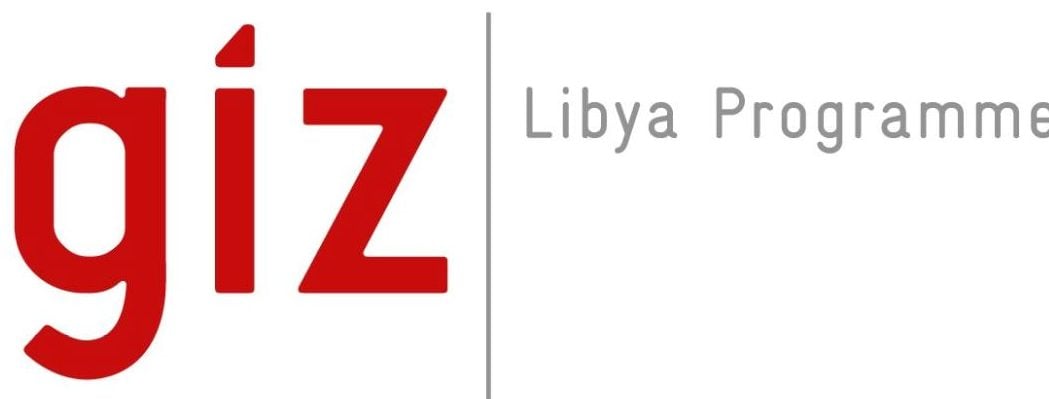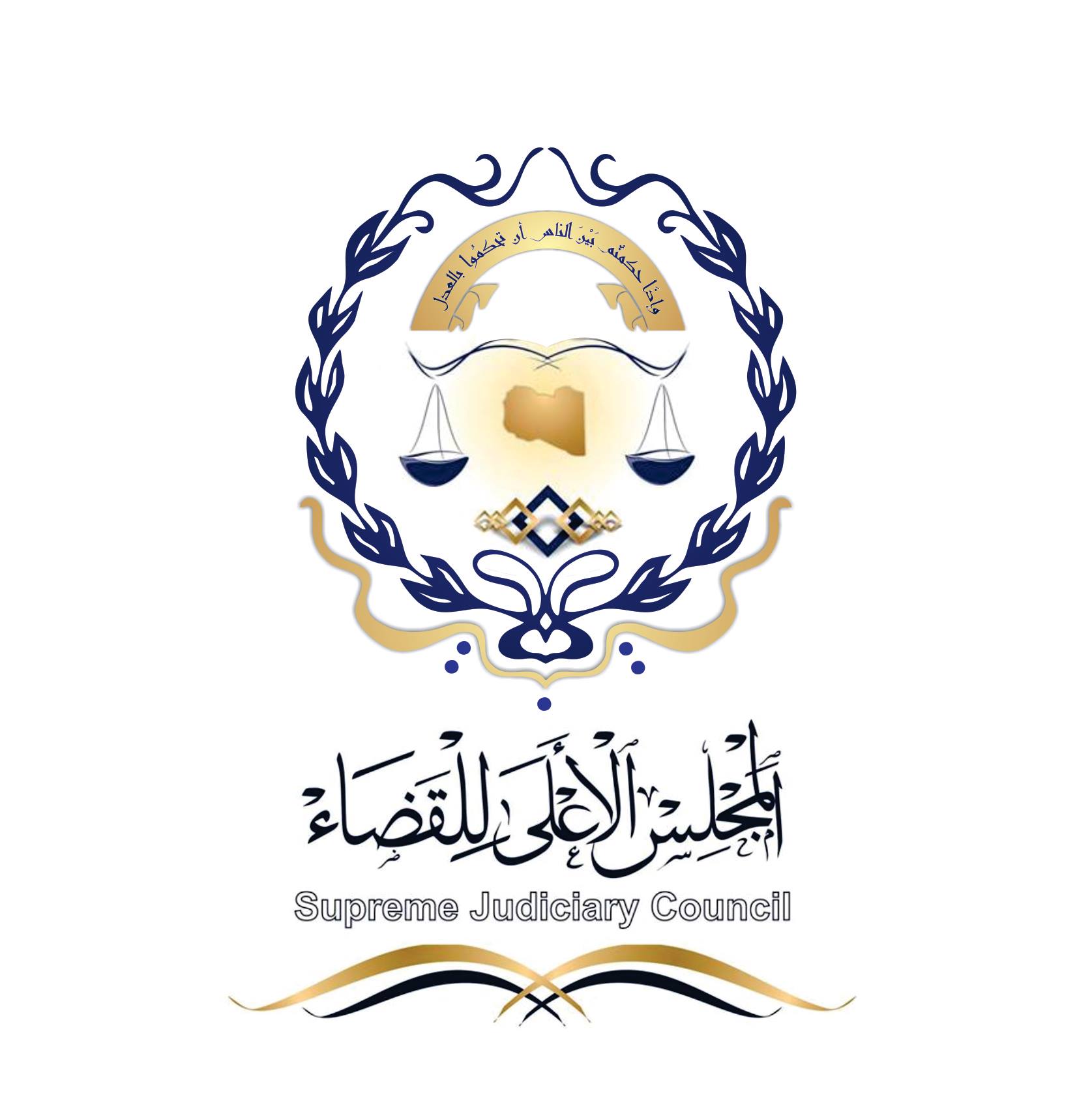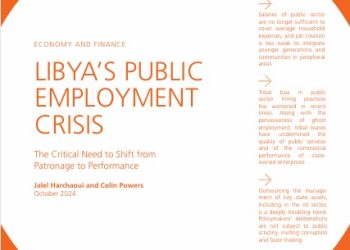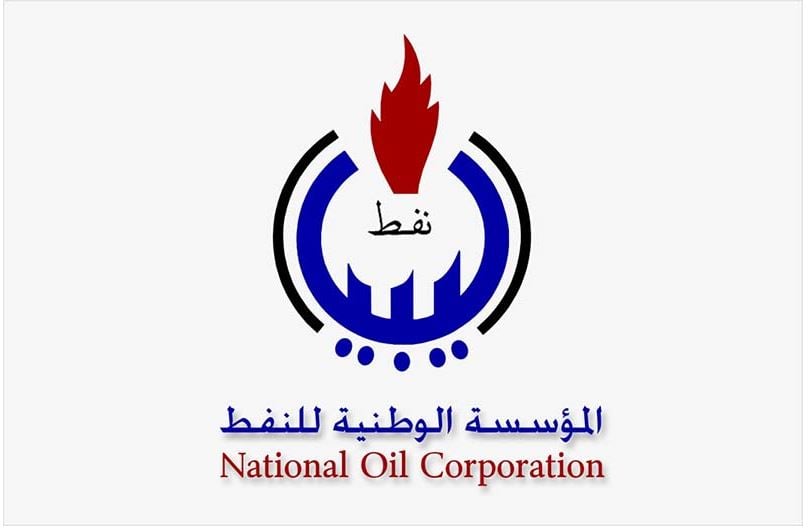By Sami Zaptia.

London, 10 December 2020:
The Governor of the Tripoli Central Bank of Libya (CBL), Saddek El-Kaber, has invited the split CBL Board of Directors to attend the first official reunified Board meeting on 17th December. The meeting will be held virtually.
The call by El-Kaber came in a widely leaked letter directed from him to Board members.
It will be recalled that on Monday (7 December), the Tripoli CBL had reported that a ‘‘preliminary’’ meeting of all the Board members was held on that day. It had set out an informal agenda.
If the official meeting does take place, it would be the first meeting of the full Board since 2014 when Libya split politically.
The leaked letter stated that the meeting’s agenda includes:
- Reviewing and discussing the report of the joint technical committee charged with studying options for modifying the Libyan dinar exchange rate and taking the necessary decisions in this regard.
It also indicated that this upcoming meeting is “based on the outcomes of the consultative meeting of the Board of Directors of the Central Bank of Libya, which was held last Monday.”
Why is the CBL Board split?
It will be recalled that the CBL Board had split in 2014 along the lines of the country’s political split. Parliament had sacked current CBL Governor El-Kaber on two occasions. He was first sacked by the HoR on 14 September 2014 after he had failed to turn up to Tobruk for questioning by them and then he was sacked again in April 2015.
El-Kaber, with a minority of supporters on the Board, and suspecting that if he convened a full Board meeting he would be sacked, has avoided holding a meeting since.
The political split came after the Libya Dawn Tripoli militia coup temporarily replaced the newly elected House of Representatives (HoR) with a rump of the outgoing parliament, the General National Congress (GNC). Analysts had said the instigators of the 2014 had felt that they had lost influence due to the outcomes of the 2014 HoR elections.
The newly elected HoR took up Tobruk as its temporary seat and its recognized government took up seat in Al-Beida – both in eastern Libya. This cemented the west-east Libya split since 2014.
Libya Dawn also installed a temporary government in Tripoli, the Government of National Salvation. Neither the rump of GNC members nor the Government of National Salvation were recognized internationally.
Libya remained in political limbo until the 2015 Skhirat Libyan Political Agreement installed the current Government of National Accord (GNA) headed by Faiez Serraj. However, the GNA became neither national nor reconciliatory. The HoR refused to approve or back it, and Libya has continued in limbo and transition since.
Why is the Board meeting now?
However, the political climate in Libya has ameliorated in Libya since. The September Maetig-Hafter deal to reopen oil production/exports includes financial reforms on unifying the official LD exchange rate, resuming the bank clearance system with eastern Libya and reunifying the CBL Board.
It also includes the concept of the redistribution of wealth, whereby Libya’s oil revenues are meanwhile temporarily held by the National Oil Corporation away from the CBL until a political deal is agreed by the split Libyan politicians at the UNSMIL-brokered LPDF talks.
The lack of access to Libya’s oil revenues by the CBL has, seemingly, amongst other factors, forced it into adopting more reconciliatory stances on policy – including holding the aforementioned CBL Board meeting.
CBL unified board holds a ‘‘preliminary’’ meeting | (libyaherald.com)
CBL Governor Saddek Elkaber sacked again | (libyaherald.com)
HoR sacks Central Bank governor | (libyaherald.com)
The Maetig-Hafter proposal to resume oil exports: Analysis | (libyaherald.com)
LPDF agree on selection mechanism for new unified government | (libyaherald.com)








